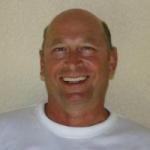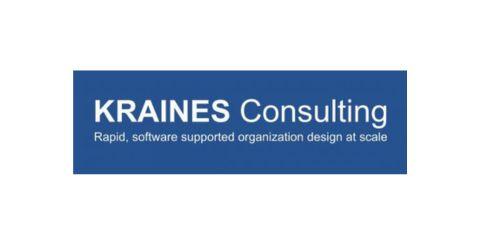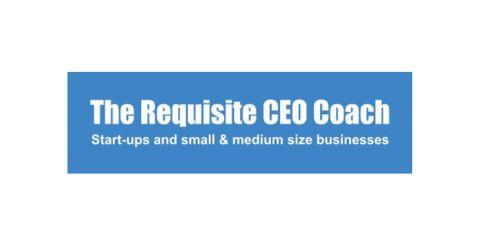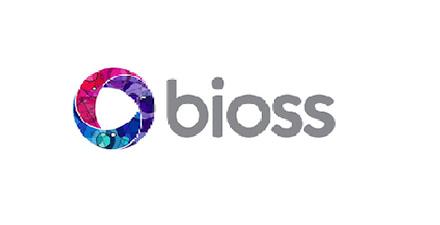The Working Journey
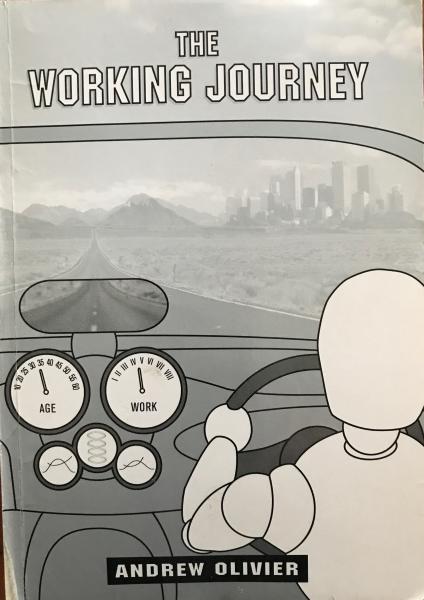
Obtain this book
Here is a detailed 1500-word summary of The Working Journey: A Handbook for Executive Talent Pool Management and a Must for High Potential Individuals by Andrew Olivier (2003):
Summary of “The Working Journey” by Andrew Olivier
Andrew Olivier’s The Working Journey offers a comprehensive framework for understanding individual work-life development, human capability, and the design of organizational talent systems. It is simultaneously a guidebook for executives and talent managers to effectively steward high-potential individuals, and a reflective tool for individuals seeking meaning and mastery in their careers.
The core idea of the book is that human work lives—our “working journeys”—are not chaotic or random, but patterned and potentially predictable. Drawing heavily on the foundational ideas of Elliott Jaques and Requisite Organization theory, Olivier proposes that the complexity of work, individual capability, and organizational roles can all be understood within structured frameworks. This understanding enables better alignment of people to work and organizations to strategic futures.
1. The Context of the Working Journey
Olivier opens by identifying the human need for purpose, structure, and direction in work. He observes that many people experience work as a vague or frustrating process—some under-challenged, others overwhelmed. Yet, he asserts, there is a “deep order” in career development that can be mapped and navigated.
He places this journey in the historical context of societal “waves” of change, based on Alvin Toffler’s model:
- First Wave (Agrarian Age): Emphasis on manual labor, tribal and clan systems, stable but rigid roles.
- Second Wave (Industrial Age): Rise of bureaucracy, rationalism, efficiency, and mass production. Value on conformity and control.
- Third Wave (Information Age): Technological acceleration, global interconnectivity, decentralization, and diversity.
- Fourth Wave (Global Consciousness): Emerging now, with global sustainability, systemic thinking, and the interconnectedness of all life at its core.
Each wave generates increasing levels of complexity and requires new levels of human capability, decision-making, and systems thinking. Olivier asserts that the key challenge in today’s working world is aligning people’s developmental capability to the level of complexity in the work they are assigned.
2. The Work Complexity Model
Central to the book is the Work Complexity Model, drawn from Jaques’s Stratified Systems Theory. Work is not all the same—different roles require different levels of complexity in judgment, time horizon, and systemic understanding.
The model identifies levels of work based on increasing time-span of discretion—the longest time into the future a role holder must think when making decisions:
- Level 1: 1 day to 3 months
- Level 2: 3 months to 1 year
- Level 3: 1 to 2 years
- Level 4: 2 to 5 years
- Level 5: 5 to 10 years
- Level 6+: 10 to 20+ years
Each level requires distinct capabilities, mental processing power, and sense of purpose. Misalignment—such as placing someone with high capability into a low-complexity role—leads to disengagement, underperformance, or anxiety.
3. Human Capability and Growth
Human capability is not fixed. It unfolds over time along a natural growth curve, influenced by age, experience, education, and cognitive development. Olivier stresses the importance of recognizing current potential versus future potential—and warns against premature promotion, which can lead to failure and demoralization.
He classifies individuals' experiences at work into three zones:
- Flow – When individual capability matches work complexity. This is energizing, satisfying, and creative.
- Underutilization – Where the individual is bored, frustrated, or disengaged.
- Overload – Where the individual feels overwhelmed, anxious, and stressed, often leading to burnout.
Recognizing these zones and adjusting roles accordingly is vital for both individual well-being and organizational performance.
4. Transitions and the Working Journey
The book emphasizes that careers are not linear ladders but unfolding journeys punctuated by transition points—crises, opportunities, or awakenings that call the individual to a new level of purpose and responsibility.
These transitions often follow a classic "Hero’s Journey" arc (inspired by Joseph Campbell): a call to adventure, challenge, disillusionment, breakthrough, mastery, and return. Olivier provides autobiographical case studies of high-performing individuals reflecting on how they navigated transitions—revealing that growth is often driven by periods of struggle or reflection rather than success.
Olivier urges individuals to anticipate transitions, understand the signs of readiness, and not to confuse temporary discomfort with long-term misalignment. Self-awareness is essential.
5. Talent Pool Management: “The God Room”
For organizational leaders, Olivier introduces the concept of the “God Room”—a metaphorical and literal place in the enterprise where senior executives track and manage the evolution of the company’s talent pool.
Effective talent management means:
- Mapping the complexity of roles across the organization
- Identifying the growth curve of individuals and matching them to appropriate roles
- Designing differentiated development paths based on potential
- Ensuring real-time, evidence-based updates on people’s performance and capability
He criticizes common talent practices as superficial or cosmetic, arguing that many companies fail to use talent well simply because they do not understand work complexity or individual capability.
He also explores the pitfalls of relying only on intuition or performance reviews to identify high-potentials, advocating instead for robust systems based on objective complexity analysis and structured assessments.
6. Work Systems and Development Tools
The book provides a number of tools for identifying, tracking, and developing talent. These include:
- Structured interviews and simulation exercises to gauge capability
- Mapping individuals’ capability curves over time
- Identifying “Golden Teams”—combinations of people and work roles that lead to breakthrough performance
- Aligning development efforts not just with individual growth, but with the future complexity of the organization’s strategy
A critical insight is that not all employees should be developed for higher roles—some should be maintained in their zones of flow where they thrive.
7. Cycles, Purpose, and the Learning Journey
In a later chapter, Olivier outlines 10 “learnings” that individuals discover through their careers:
- Personal Purpose – The need for direction and meaning.
- Energy and Passion – The vitality that fuels sustained effort.
- Relationship Management – Navigating power, politics, and influence.
- Decisions – Embracing ambiguity and judgment.
- Leadership and Discovery – The ability to define direction.
- Intuition – Learning to trust and act on one’s inner voice.
- Endurance – The capacity to persist.
- Memory – Learning from experience.
- Health – Sustaining personal well-being.
- Time Management – Focusing attention wisely.
These learnings form a reflective cycle, returning again and again as the individual matures.
8. Value Systems and the Spiral of Development
Olivier introduces Clare Graves’s and Don Beck’s “Spiral Dynamics” as a powerful way to understand individual and cultural value systems. These value systems, or vMemes, evolve through predictable stages, alternating between individualist and collectivist expressions.
The sequence includes:
- Purple (Tribal)
- Red (Power)
- Blue (Order)
- Orange (Success)
- Green (Community)
- Yellow (Systemic Integration)
- Turquoise (Global Harmony)
Each stage emerges in response to increased environmental complexity. Olivier connects these value systems to workplace roles and leadership styles, arguing that advanced organizational leadership requires Yellow- and Turquoise-level thinking: integrative, ethical, and planetary in scope.
9. The Fourth Wave: The Global Brain
Olivier forecasts a coming Fourth Wave—the rise of a globally interconnected intelligence system that will require humanity to deal with planetary-scale challenges such as sustainability, inequality, and technological disruption.
Organizations must prepare their talent not just for profitability, but for global citizenship. High-potentials must be trained to think in terms of ecosystems, not just organizations.
He calls for “unblocking the talent pool” at every level of society—tapping into the underutilized potential of people who’ve been excluded by circumstance or design. The Working Journey, therefore, is not just an elite exercise; it is a societal imperative.
Conclusion: Purpose, Mastery, and Contribution
The book closes with a powerful reminder: the true meaning of work lies not in status or salary but in the expression of purpose and the actualization of human potential. Each of us is called not only to succeed, but to contribute.
“Work is the journey,” Olivier writes. “Purpose is the destiny. The need to actualize is the fuel. Potential is the power plant.”
In this way, The Working Journey is both a practical guide and a call to conscious leadership. It offers tools to navigate the career path wisely—and the inspiration to do so in service of something larger than oneself.

